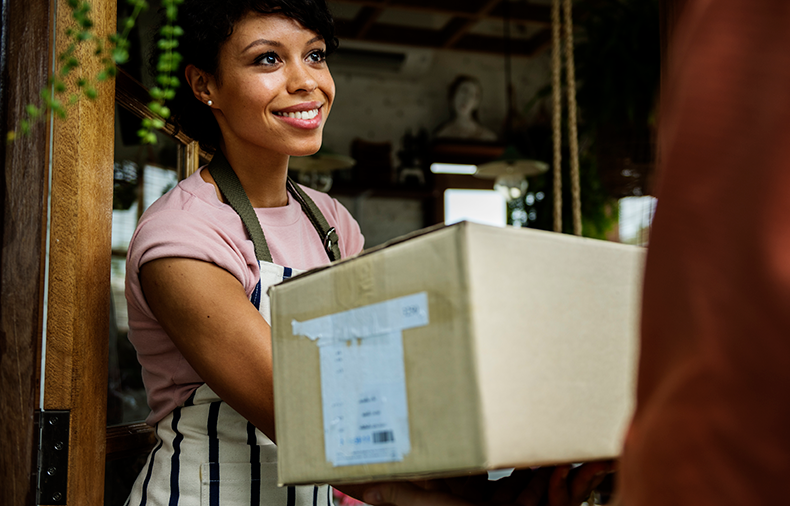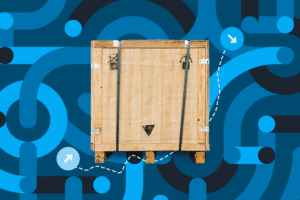Reverse logistics – also known as return shipping – can make or break a business. Does your business have a plan in place to retain customers, even through the returns process?
Real talk – if you’re an online retailer, there will be times when things go wrong, especially when a product leaves your store or warehouse and ventures out into the great unknown.
The truth is, no matter how much care you put into packaging your items, things are bound to break, orders will go wrong, and some of your customers will simply not be happy with their purchase once it’s delivered.
Enter “reverse logistics” (aka returns) – the thing that no retailer wants to think about, but every customer expects.
According to the 2019 UPS Pulse of the Online Shopper report, a whopping 73 percent of consumers said that the returns process influenced whether or not they’d continue shopping with a retailer.
For many small and medium-sized businesses, shipping products to their customers is hard enough, let alone figuring out the reverse side of the process. But with customer shipping expectations at an all-time high, having a solid plan in place for how you’ll handle returns is critical.
In our latest eBook with ShipperHQ, The Ultimate Logistics Guide for Expanding Your Business Online, we uncover 4 tips for handling reverse logistics – from reducing damage claims to mitigating customer issues directly.
In addition to learning about returns, this free 20-page industry report gives expert insight to help you tackle shipping and logistics for your business, including:
• Inbound – receiving raw materials and/or sourcing imports
• Parcel – shipping smaller items to your customers
• Oversized – sending large items, such as furniture to your customers
• Cross-border – delivering products between countries
Download the report now and get ready to master shipping and both traditional and reverse logistics for your online business.




